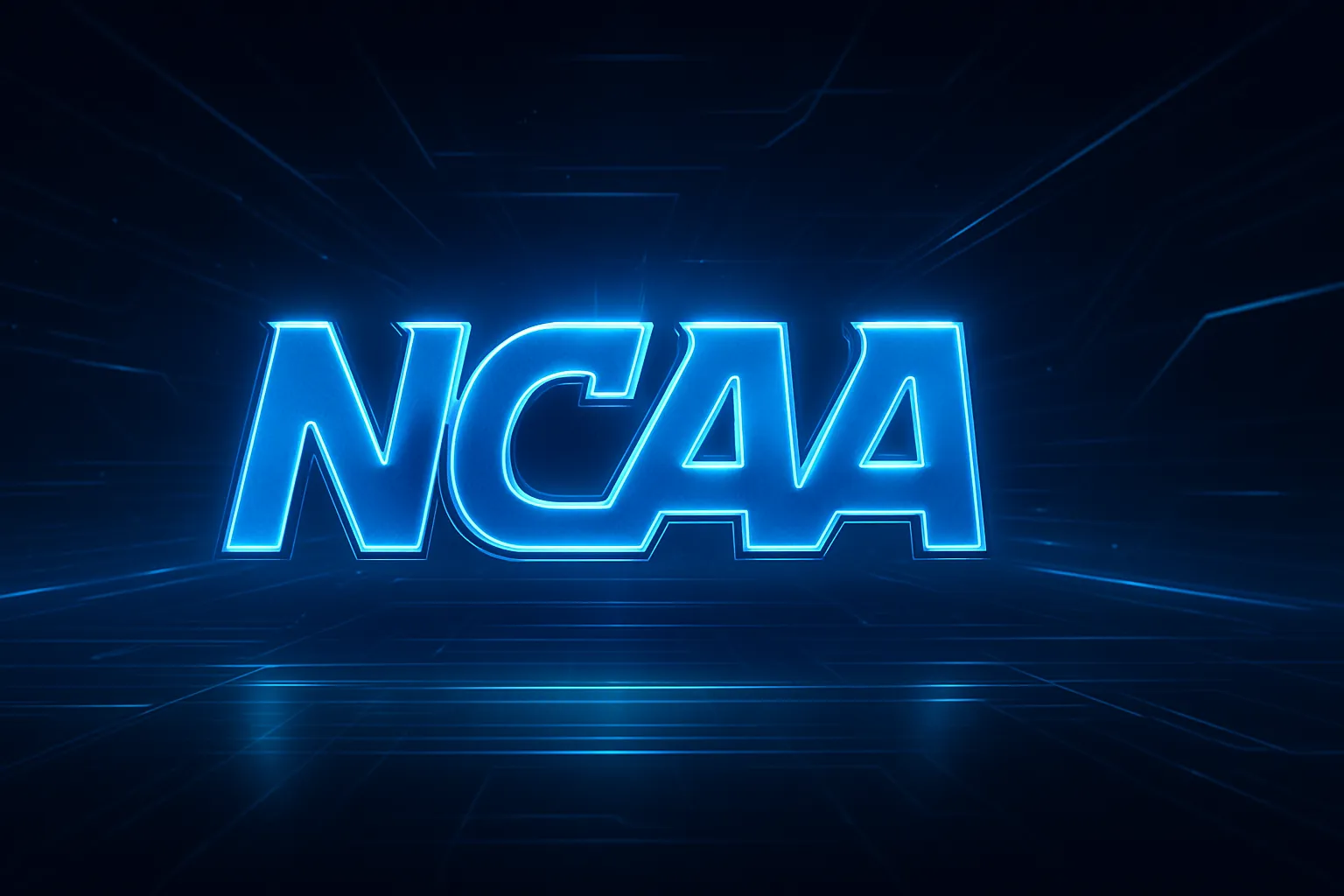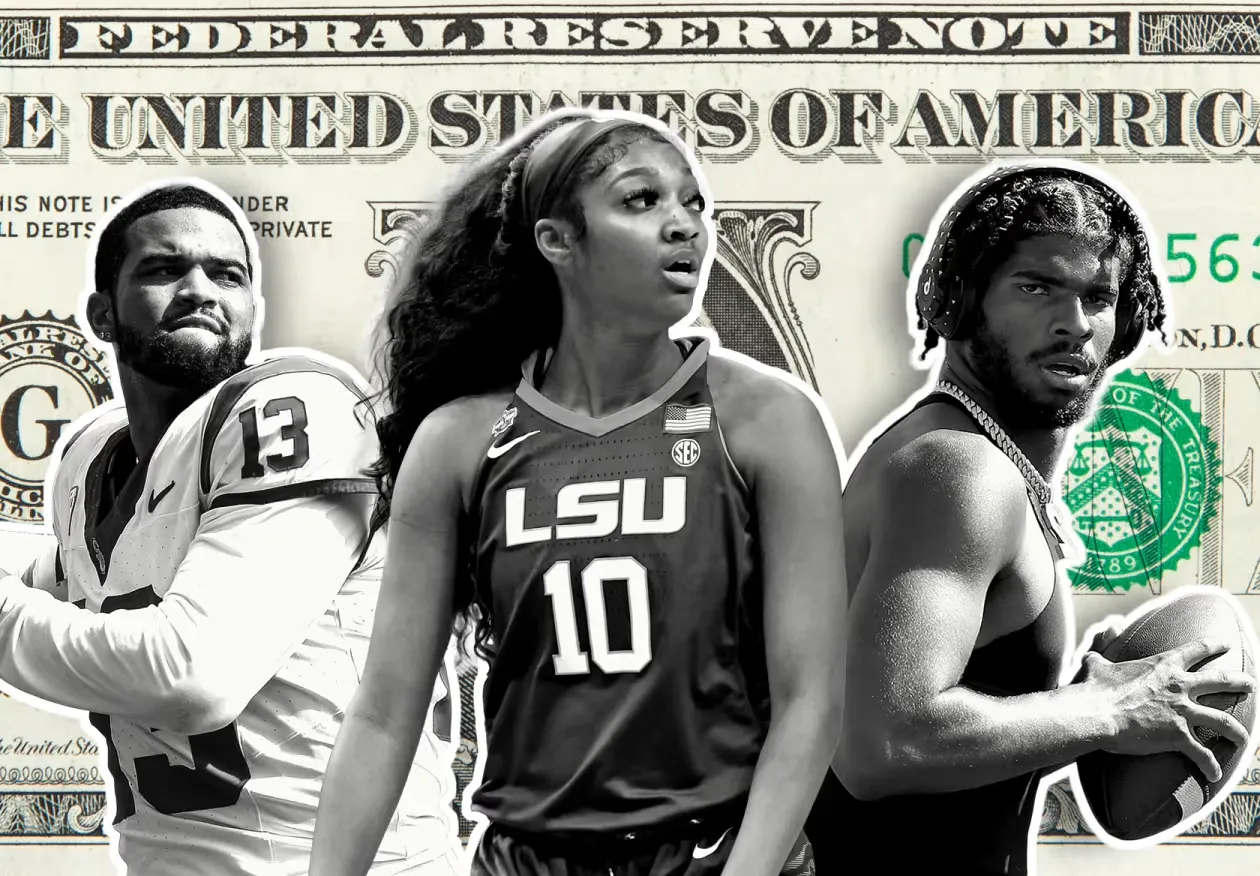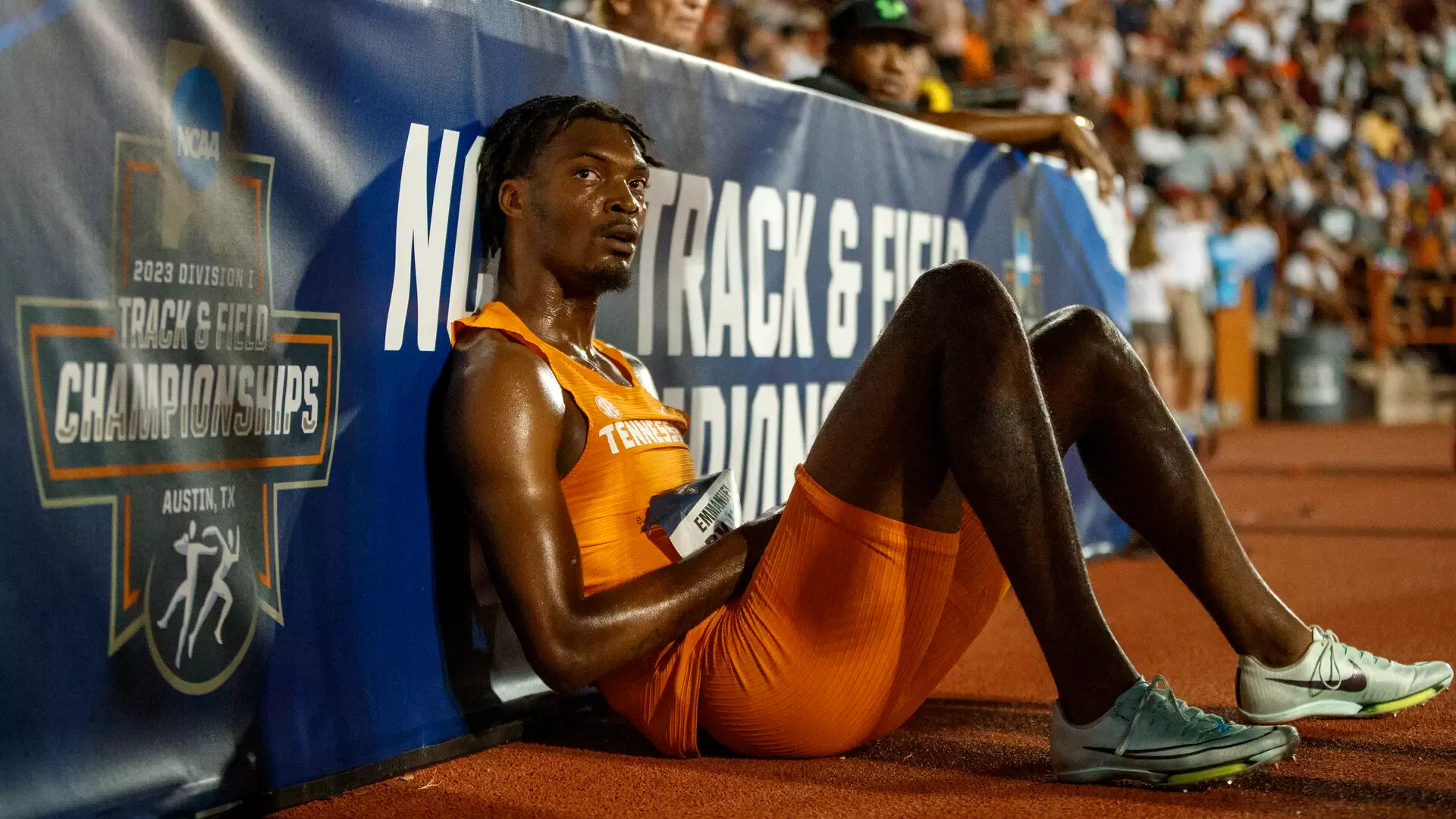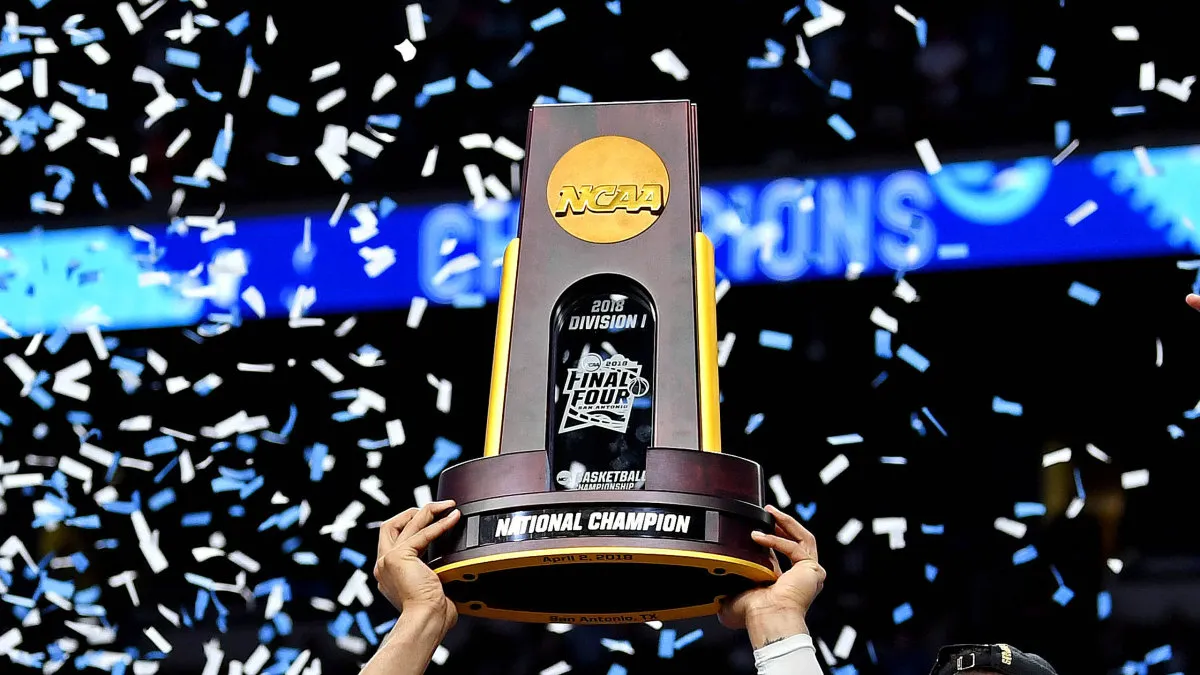NCAA Scholarship Limits by Sport: A Complete Guide for Divisions I, II, and III
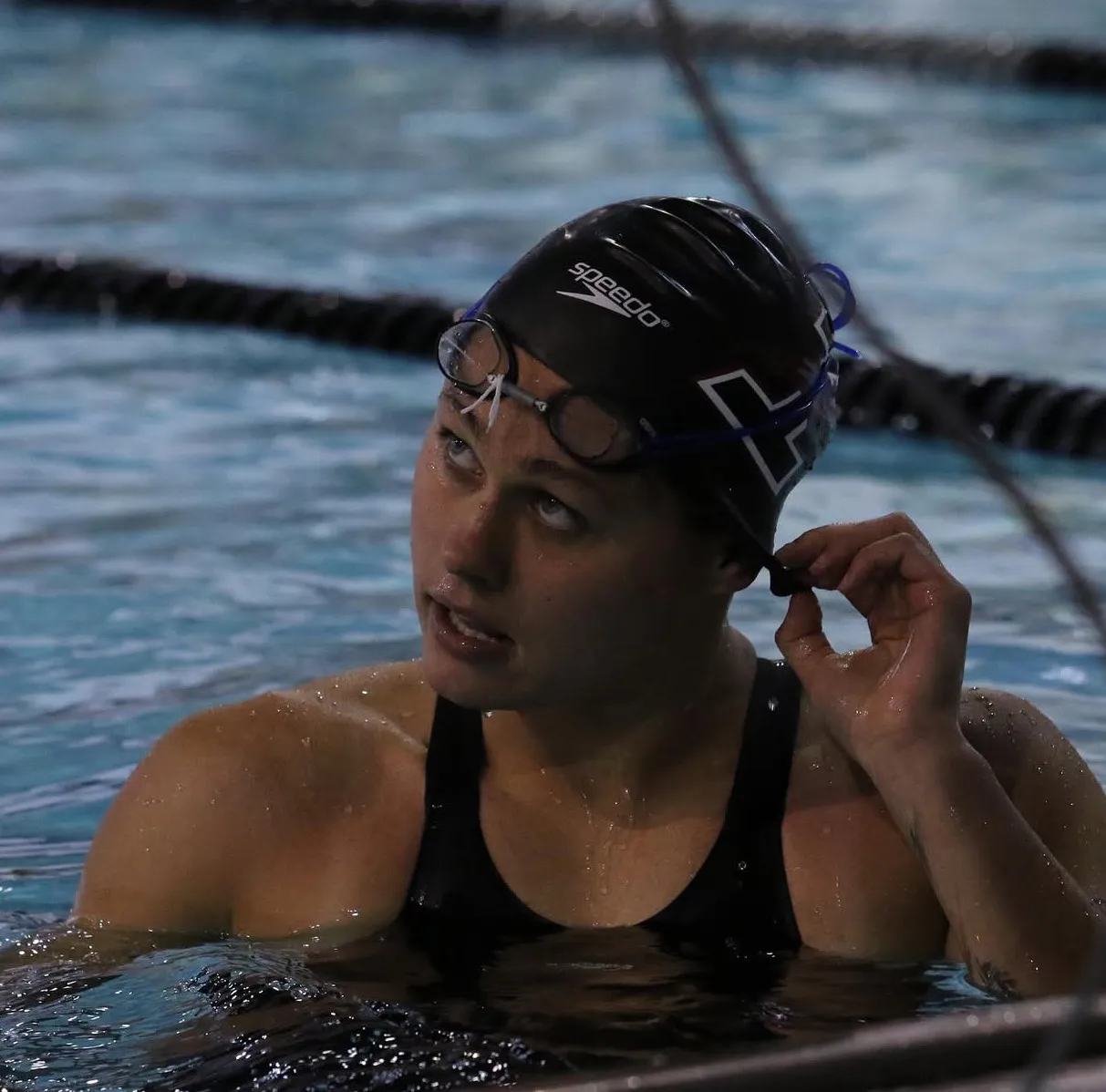
Maria Rezhylo
All-American swimmer & swim coach
For high school athletes and their families, understandinghow athletic scholarships workis a critical step in planning to play college sports.
The NCAA sets specific limits, known as scholarship caps, on the number of scholarships each school can offer, based on the sport and the division.
These limits vary widely and can significantly impact your recruiting experience.
This guide breaks down everything you need to know about NCAA scholarship limits for the 2024–25 academic year, including new limits and key updates from the recent House v. NCAA settlement.
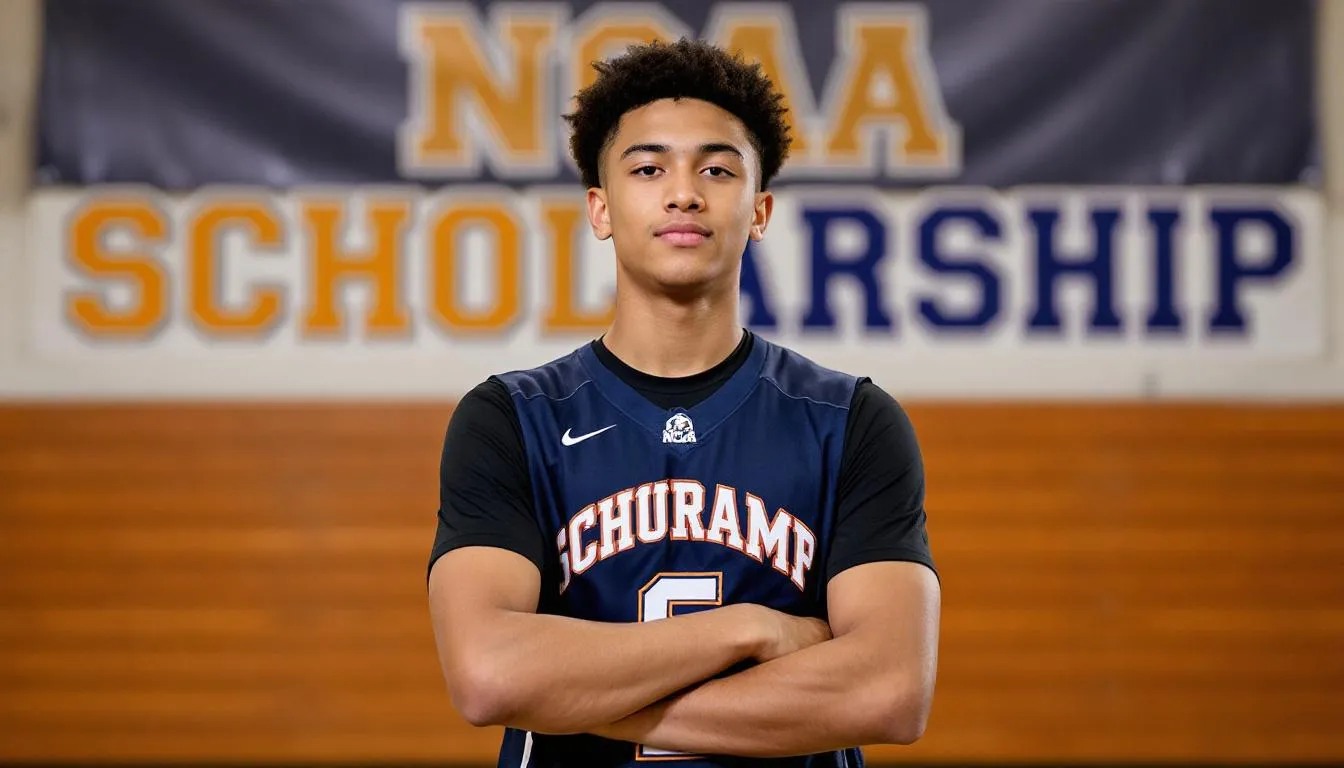
Understanding NCAA Athletic Scholarships
The NCAA governs two major models for distributing athletic scholarships:
Head-Count Sports
These sports offer full scholarships only. Each athlete counts as one full scholarship, and once the team hits its limit, no more athletic aid can be given. Athletes in these sports either receive a full ride or nothing.
Equivalency Sports
These sports allow scholarships to be split among multiple players, making effective roster management crucial for coaches. A coach may award partial scholarships to a larger number of athletes, which can result in more scholarships being offered.
For example, a team with 9.0 equivalency scholarships might divide them among 18 players, giving each athlete 50% aid, or allocate more to top performers and less to others.
Understanding which model your sport falls under is critical when planning how much financial aid to expect.
Division I Scholarship Limits
Division I programs typically have the largest budgets, biggest programs, and strongest athletic competition. Scholarship limits are set sport-by-sport, and a mix of both headcount and equivalency rules applies.
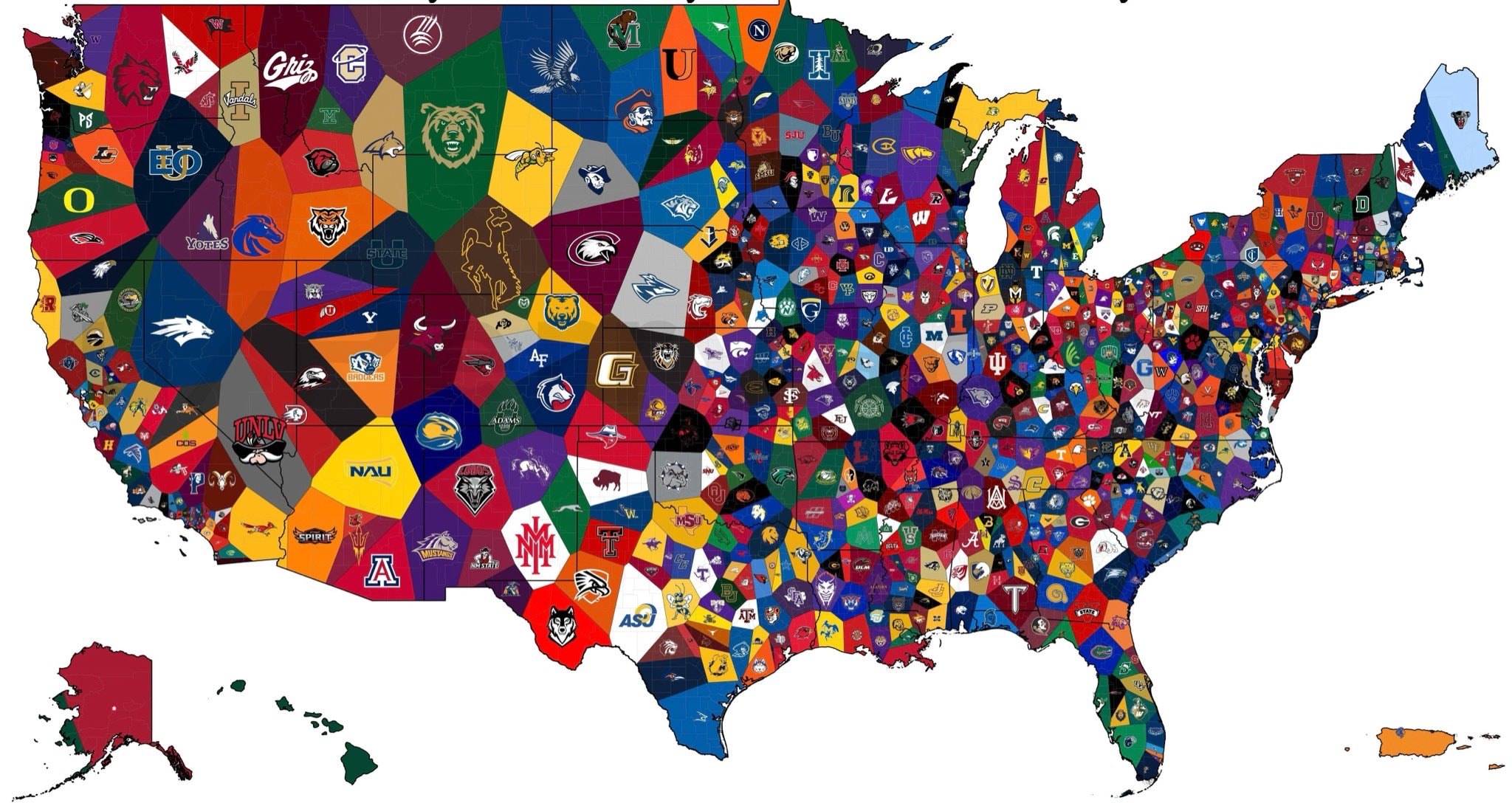
Key Philosophy
Division I schools prioritize both athletics and academics, providing many scholarships to attract top-tier college athletes. But those scholarships are limited and increasingly competitive.
Division I Men's Sports
| Sport | Type | Max Scholarships |
|---|---|---|
| Football (FBS) | Head-count | 85 |
| Football (FCS) | Equivalency | 63.0 (max 85 players on aid) |
| Basketball | Head-count | 13 |
| Baseball | Equivalency | 11.7 (min 25% per athlete; max 27 players on aid) |
| Cross Country/Track | Equivalency | 12.6 (5.0 if no track) |
| Wrestling | Equivalency | 9.9 (min 20% per athlete) |
| Soccer | Equivalency | 9.9 |
| Swimming & Diving | Equivalency | 9.9 |
| Lacrosse | Equivalency | 12.6 |
| Ice Hockey | Equivalency | 18.0 (max 30 players on aid) |
| Tennis | Equivalency | 4.5 |
| Volleyball | Equivalency | 4.5 |
| Golf | Equivalency | 4.5 |
| Skiing | Equivalency | 6.3 |
| Water Polo | Equivalency | 4.5 |
| Rifle | Equivalency | 3.6 |
| Gymnastics | Equivalency | 6.3 |
| Fencing | Equivalency | 4.5 |
Division I Women's Sports
| Sport | Type | Max Scholarships |
|---|---|---|
| Basketball | Head-count | 15 |
| Volleyball (Indoor) | Head-count | 12 |
| Tennis | Head-count | 8 |
| Gymnastics | Head-count | 12 |
| Soccer | Equivalency | 14.0 |
| Swimming & Diving | Equivalency | 14.0 |
| Rowing | Equivalency | 20.0 |
| Lacrosse | Equivalency | 12.0 |
| Softball | Equivalency | 12.0 |
| Ice Hockey | Equivalency | 18.0 |
| Golf | Equivalency | 6.0 |
| Field Hockey | Equivalency | 12.0 |
| Beach Volleyball | Equivalency | 6.0 (or 8.0 if no indoor VB team) |
| Acrobatics & Tumbling | Equivalency | 14.0 |
| STUNT (cheer) | Equivalency | 9.0 |
| Triathlon | Equivalency | 6.5 |
| Equestrian | Equivalency | 15.0 |
| Fencing | Equivalency | 5.0 |
| Skiing | Equivalency | 7.0 |
| Rugby | Equivalency | 12.0 |
| Bowling | Equivalency | 5.0 |
| Wrestling | Equivalency | 10.0 |
Division II Scholarship Limits
Unlike Division I, every Division II sport is an equivalency sport, which may result in fewer walk-on opportunities for athletes. No full-ride roster caps exist; instead, coaches receive a total equivalency budget and can divide scholarships among many players.
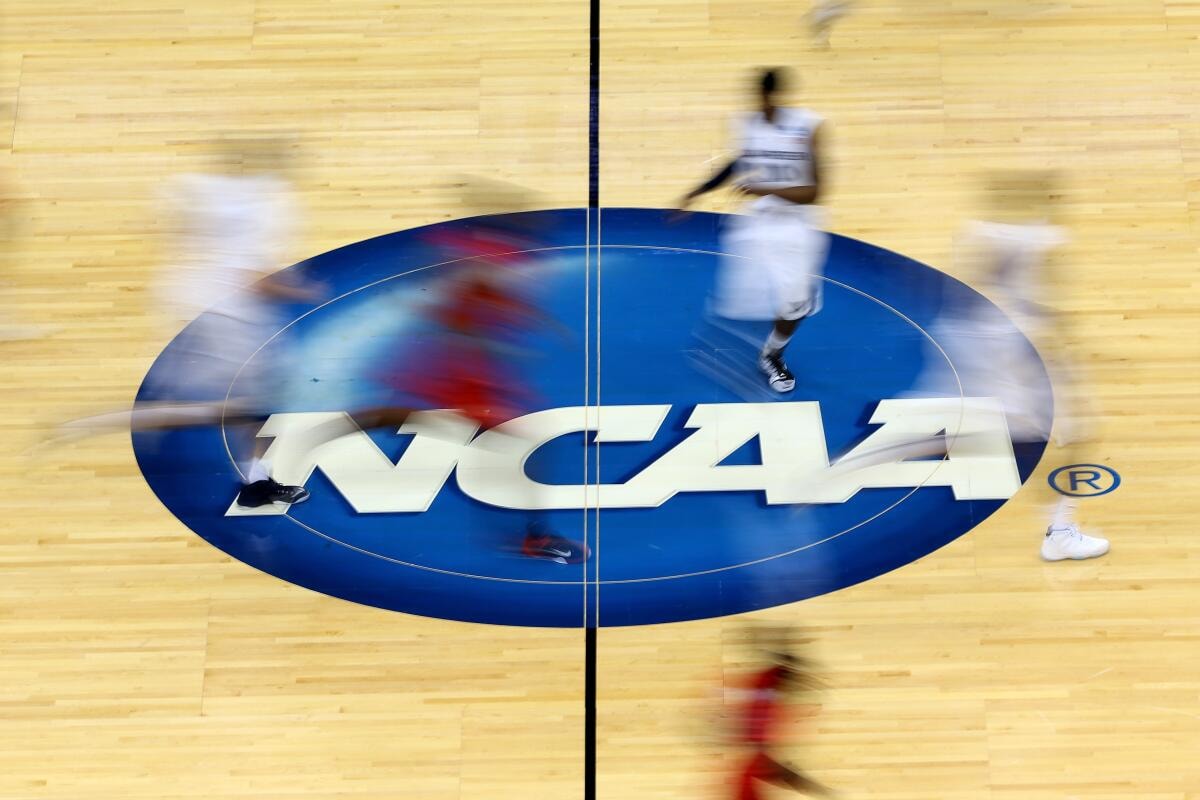
Why This Matters
While D-II programs may not carry the same prestige or national visibility as D-I, they often offer strong athletic programs with greater flexibility. Many D-II student-athletes receive meaningful aid packages that combine athletic and academic scholarships.
Division II Men's Sports
| Sport | Max Scholarships |
|---|---|
| Football | 36.0 |
| Basketball | 10.0 |
| Baseball | 9.0 |
| Cross Country/Track | 12.6 (5.0 if no track) |
| Wrestling | 9.0 |
| Soccer | 9.0 |
| Swimming & Diving | 8.1 |
| Ice Hockey | 13.5 (or 18.0 if declared as D-I) |
| Tennis | 4.5 |
| Volleyball | 4.5 |
| Golf | 3.6 |
| Lacrosse | 10.8 |
| Water Polo | 4.5 |
| Rifle | 3.6 |
| Gymnastics | 5.4 |
| Skiing | 6.3 |
| Fencing | 4.5 |
Division II Women's Sports
| Sport | Max Scholarships |
|---|---|
| Basketball | 10.0 |
| Volleyball | 8.0 |
| Soccer | 9.9 |
| Swimming & Diving | 8.1 |
| Softball | 7.2 |
| Rowing | 20.0 |
| Lacrosse | 9.9 |
| Ice Hockey | 18.0 |
| Golf | 5.4 |
| Acrobatics & Tumbling | 9.0 |
| STUNT | 9.0 |
| Rugby | 12.0 |
| Triathlon | 5.0 |
| Bowling | 5.0 |
| Skiing | 6.3 |
| Gymnastics | 6.0 |
| Fencing | 4.5 |
| Equestrian | 15.0 |
| Field Hockey | 6.3 |
| Tennis | 6.0 |
Division III: No Athletic Scholarships
Division III strictly prohibits athletic scholarships for all sports. Athletes at D-III schools can receive financial aid based on academic merit or financial need, but never for athletic purposes. Every student-athlete is effectively a walk-on under NCAA rules.
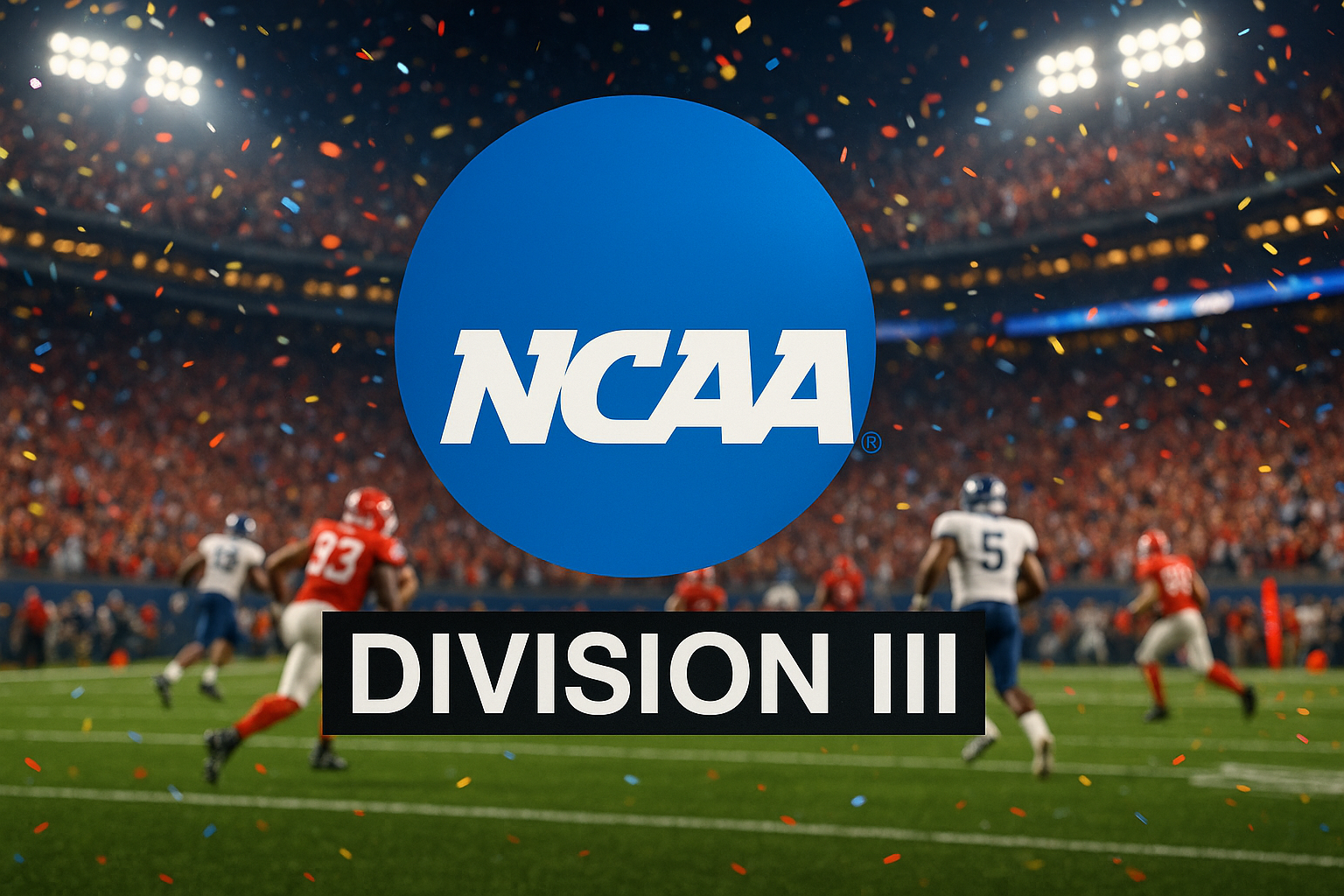
New Roster Limits: 2025 and Beyond
House vs NCAA Settlement (Effective July 1, 2025)
- Division I schools that opt in will no longer be bound by sport-specific scholarship limits.
- Scholarships will be controlled by team roster limits, not scholarship caps.
- This means a D-I team could award scholarships to every player on its roster, dramatically increasing the number of opportunities for student-athletes.
Example: D-I baseball (previous limit: 11.7) could now offer scholarships to all 30+ players on its roster if the school adopts the new rules.

⚠️ Traditional limits still apply to schools that don't opt into the settlement.
Other Notable Changes
- FCS/FBS football no longer have annual "initial counter" limits (previously 25–30 players/year).
- Emerging sports like STUNT, women's wrestling, acrobatics & tumbling, and triathlon now have official NCAA scholarship caps.
- Scholarship increases in women's sports help ensure Title IX compliance (e.g. D-II women's soccer increased to 9.9).
What About NAIA and NJCAA?
Outside the NCAA, other associations use different scholarship rules:
- NAIA: Similar structure but lower limits (e.g., 11 scholarships in men's basketball).
- NJCAA (junior colleges): Often offer full rides, sometimes including travel and housing. Each school varies by division.
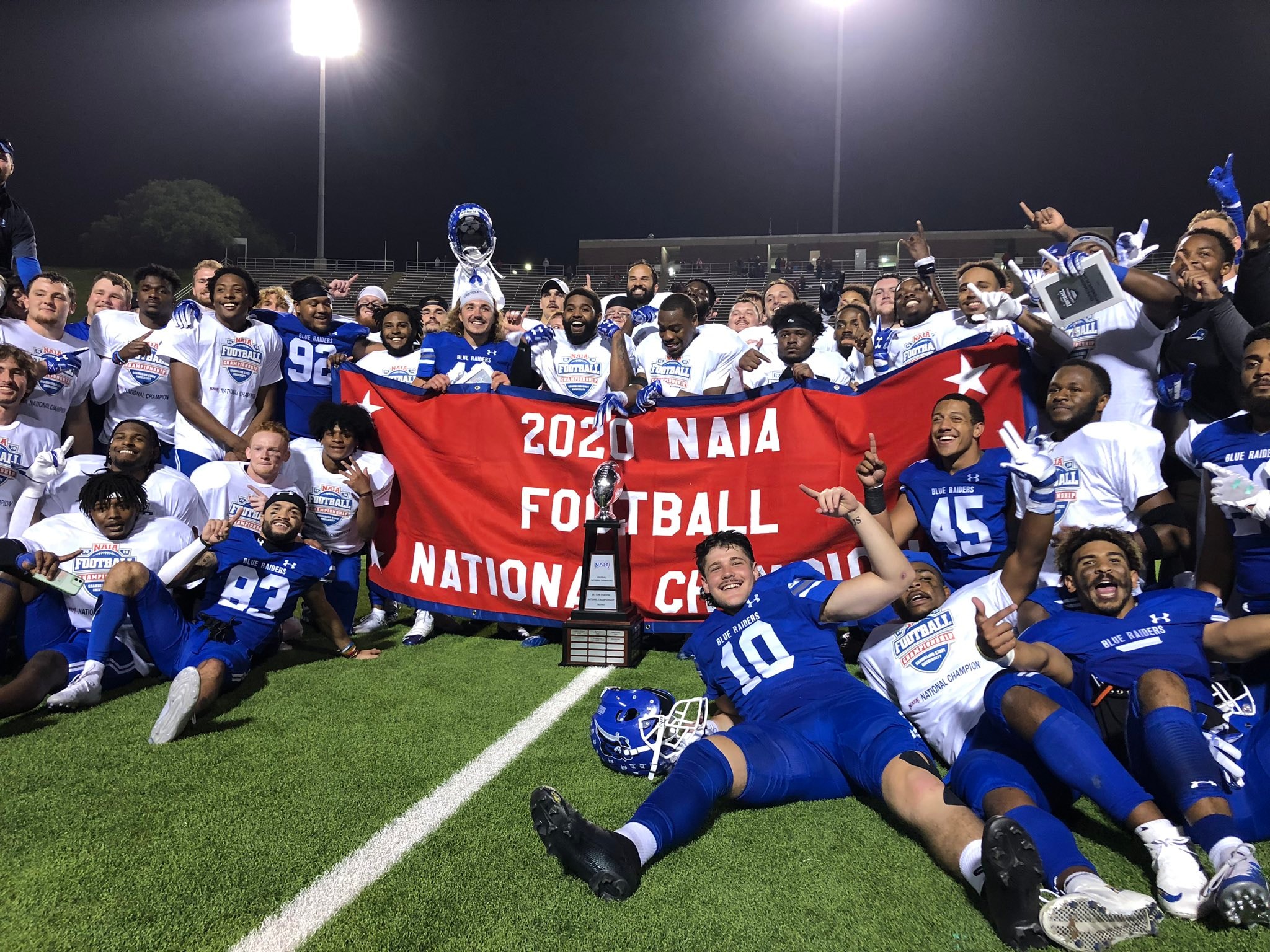
Why Scholarship Type & Limits Matter
Understanding NCAA limits isn't just trivia—it shapes your strategy:
For Athletes:
- Target headcount sports if you're aiming for a full ride.
- In equivalency sports, combine athletic aid with academic scholarships.
- Know your roster competition: Even with aid, playing time isn't guaranteed.
For Parents:
- Help your athlete focus on fit, both athletic and academic.
- NCAA Division II and III may offer better financial packages overall when you factor in stacked aid, cost of attendance, and academics.
Final Advice: Start Early, Stay Informed
Athletic scholarships are a powerful tool for accessing higher education, but the rules are complex and vary widely. Knowing the limits for your sport and division can help you:
✅ Make a realistic college list
✅ Prioritize grades (to unlock merit aid)
✅ Combine academic and athletic support
✅ Ask the right questions when talking to coaches
💡 Tip: If you're looking for a partial scholarship in an equivalency sport, strong academics can help you stack merit aid on top of athletic money.
If you're serious about college sports, this guide is just the beginning. Talk to college coaches, research schools, and start building your recruiting plan early.
